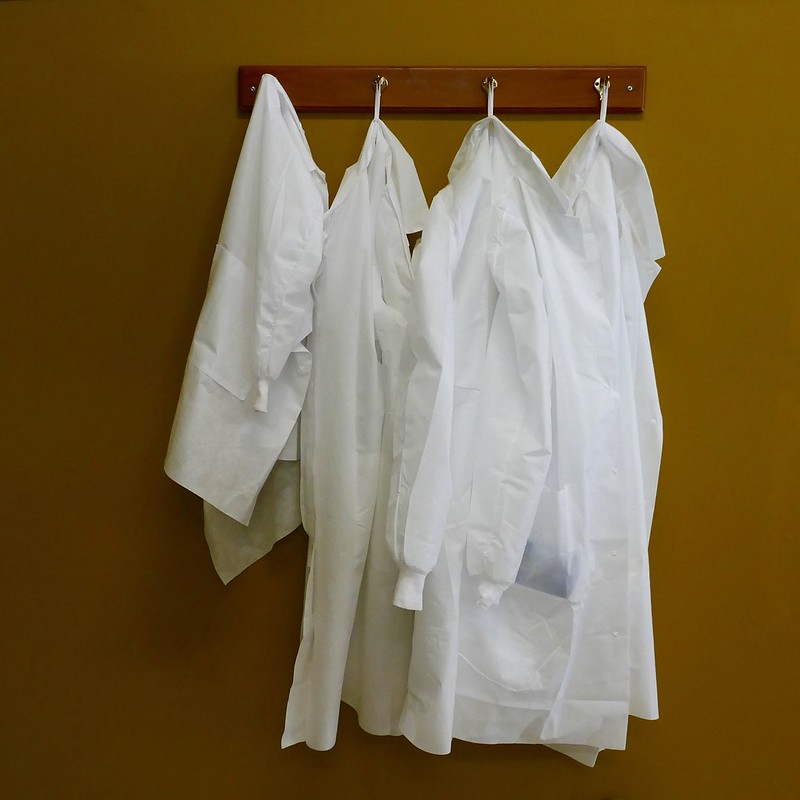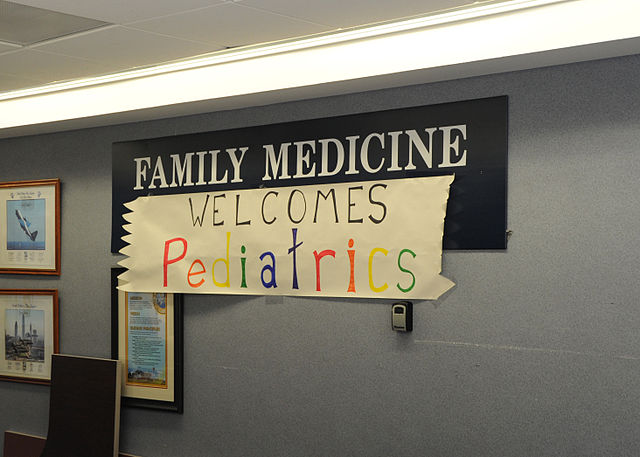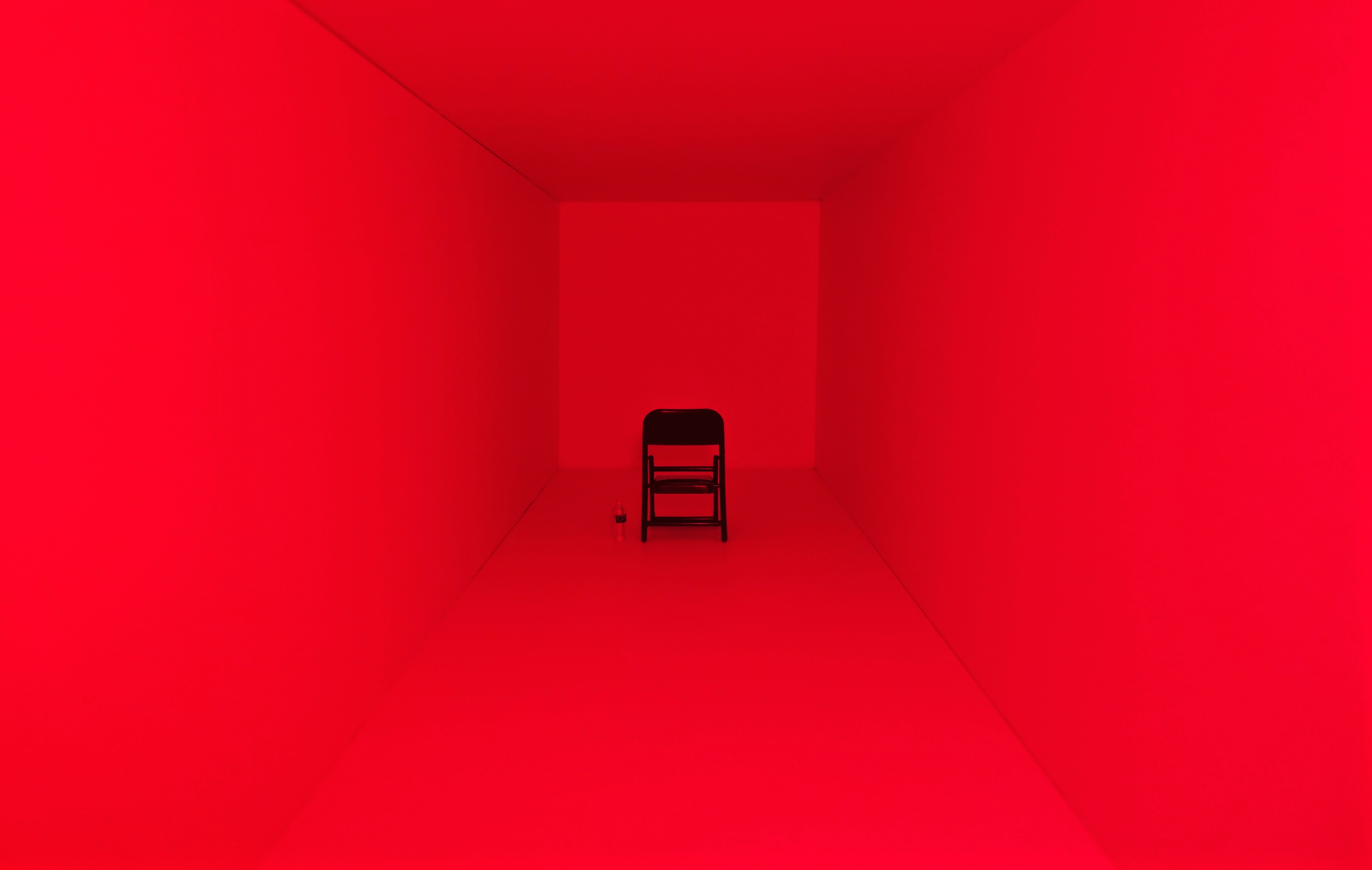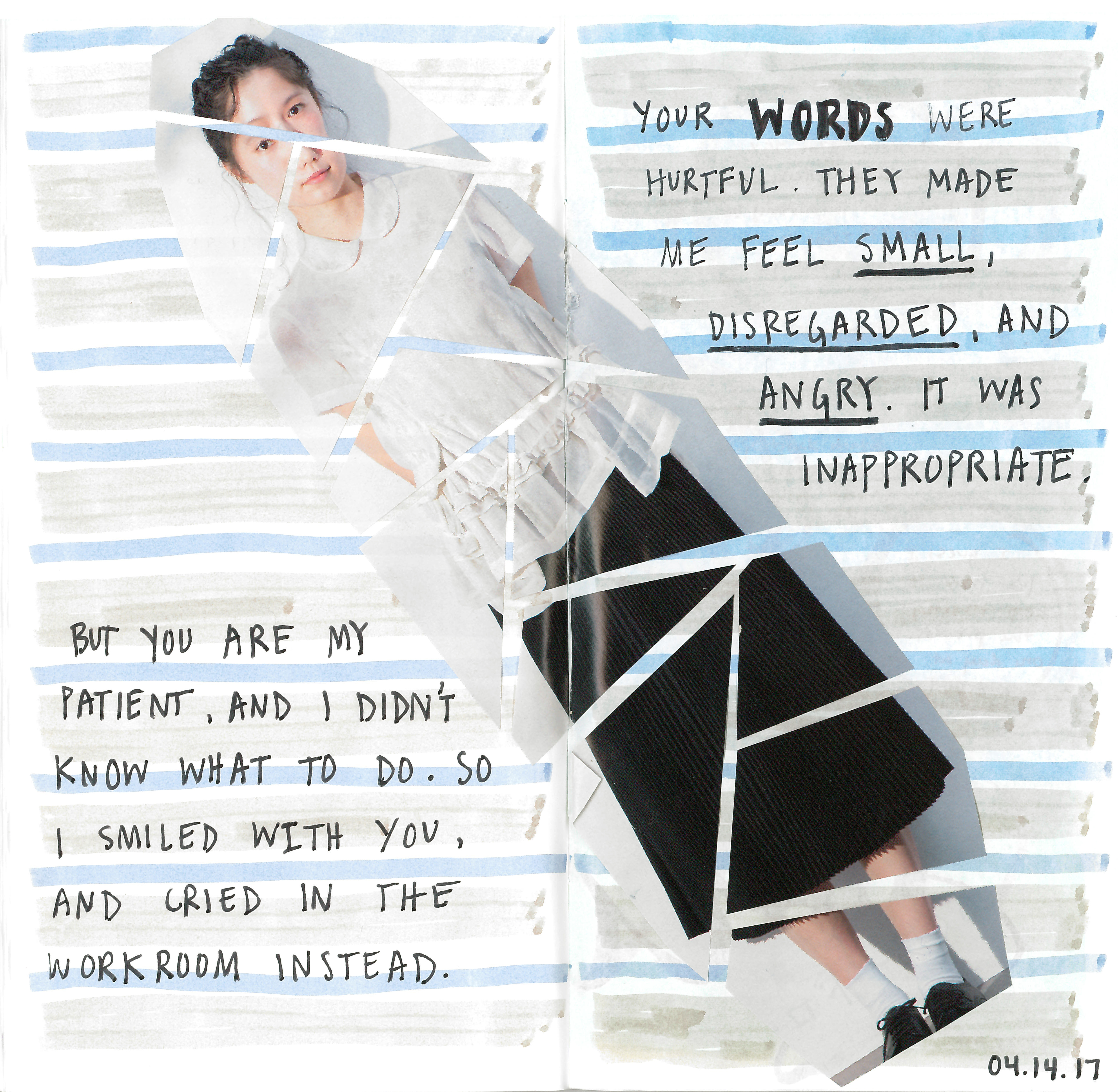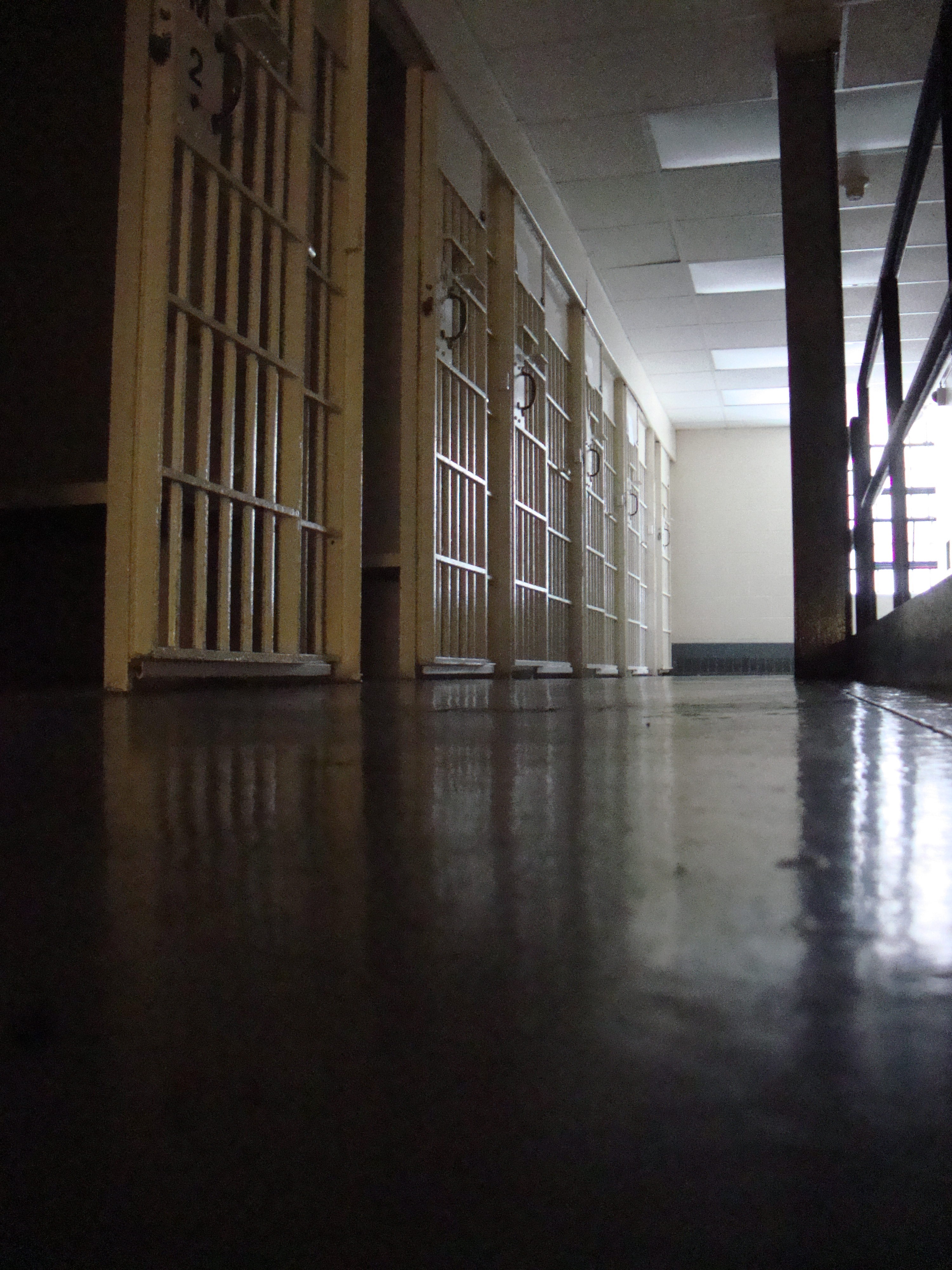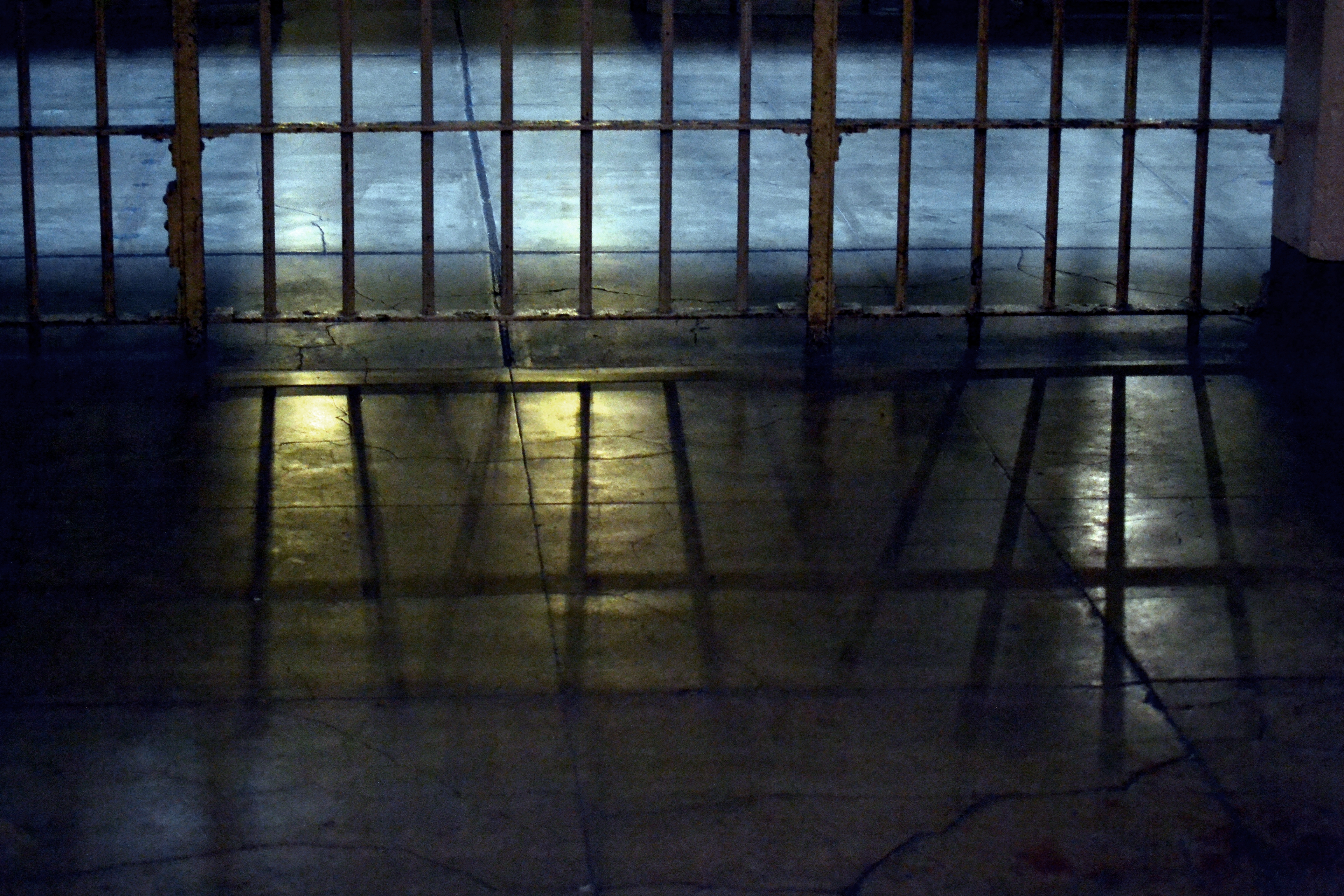The Children Are Worth It
In the 3rd grade I made a declaration, regarding my future occupation – I would one day be a physician, specifically, a pediatrician! Devoted to serving and caring for others, like the one who cared for me, my sister, and brothers Of course, I did not know what this would entail and never considered that I could fail. How could I have anticipated that my ambitions might just leave me deflated? Starting in college, there …

